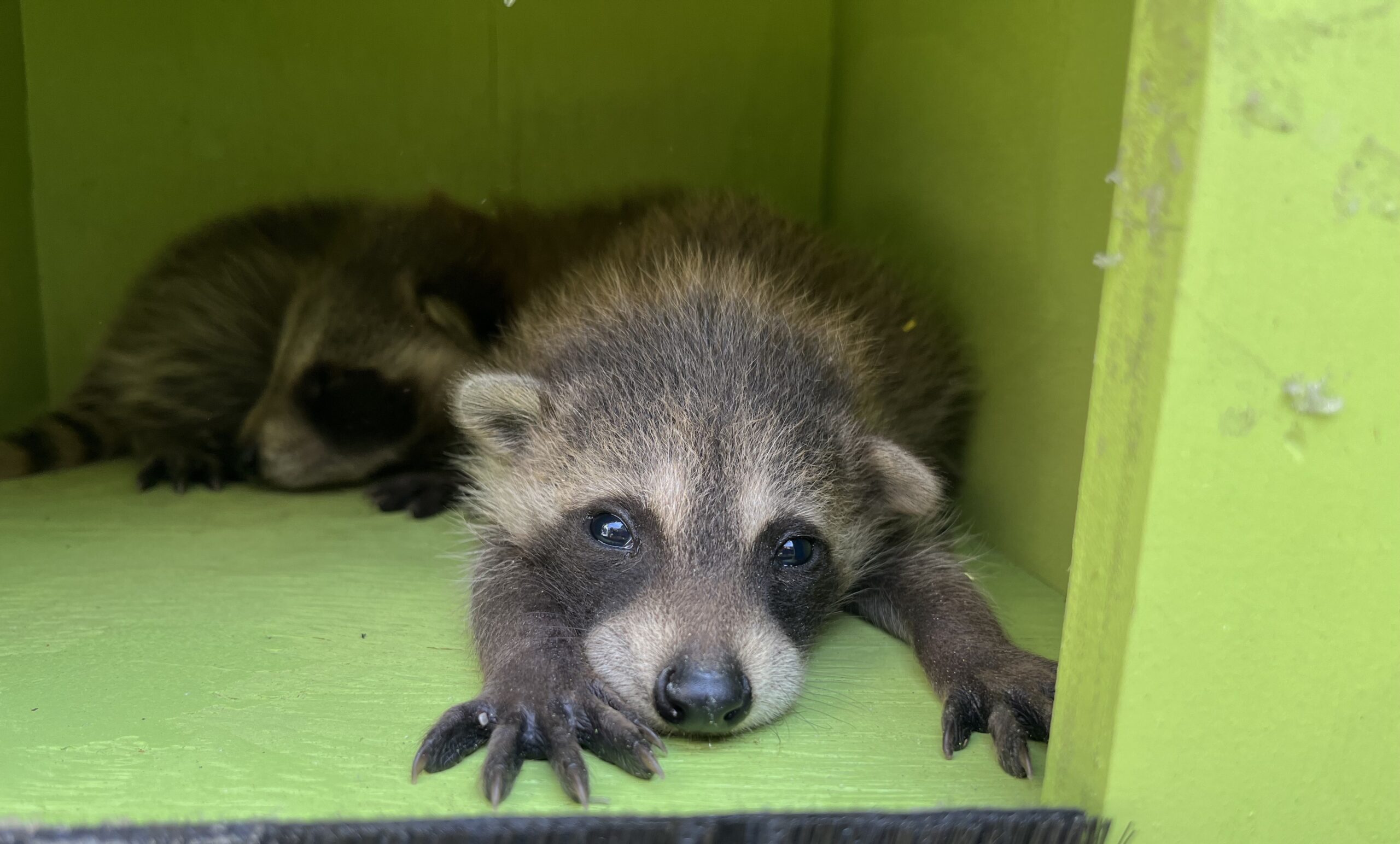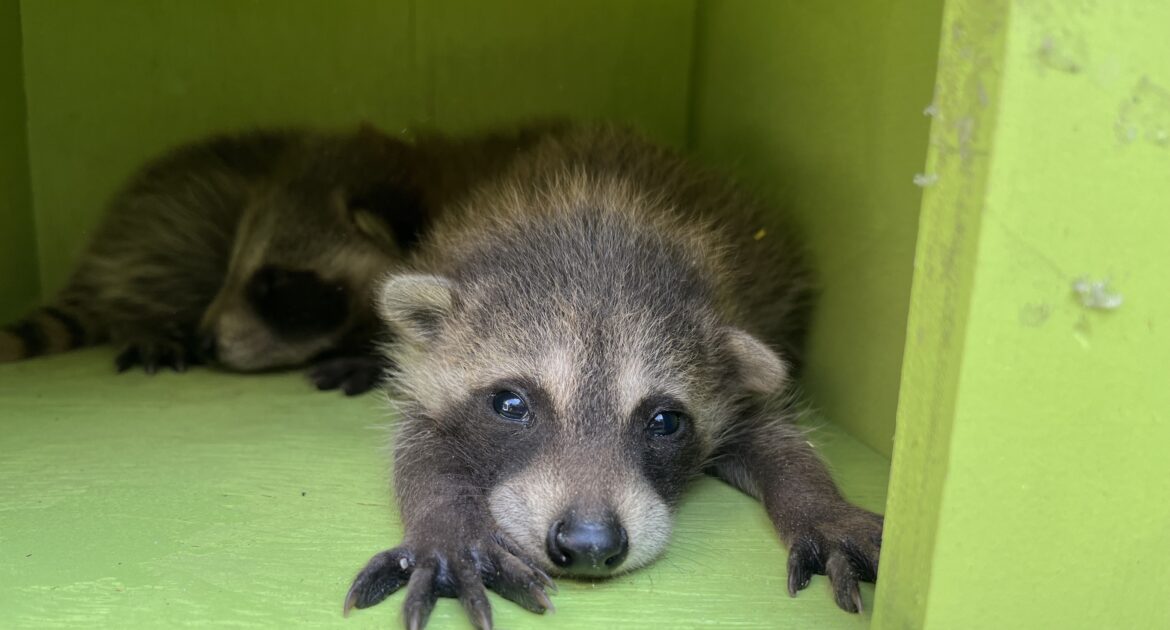Wildlife home damage is a growing concern for homeowners, especially in urban regions like Toronto, where animals often come into close contact with human living spaces. Animals are resourceful and determined, seeking shelter, food, and warmth inside homes. While this might seem harmless initially, the impact can be extensive, leading to financial losses, health risks, and compromised safety.
Today, we’ll explore how much wildlife can damage your property, how to prevent wildlife infestations, and what the cost of wildlife damage might look like.
Wildlife Home Damage
Animals in Toronto, ranging from raccoons to squirrels, are increasingly adapting to urban environments. These resourceful creatures often find their way into attics, basements, and walls. While they’re simply looking for a safe place to live, their presence can result in significant damage.
Here are some of the most common and serious ways animals can cause harm to your home:
Electrical Wiring
One of the most alarming types of damage is to electrical wiring. Squirrels, rats, and mice have a habit of chewing through wires, which can disrupt electrical systems and, more seriously, trigger fires. The National Fire Protection Association estimates that animals chewing on wires contribute to 20,000 home fires annually in North America. If wires in your home appear unnaturally frayed or you notice flickering lights, it could be time to investigate for animal activity.
Insulation and Structural Damage
Animals like raccoons and squirrels rip through attic insulation to build nests, reducing your home’s energy efficiency. Damaged insulation forces your HVAC system to work harder, increasing energy bills. Additionally, raccoons or skunks might pull up shingles or enlarge holes in rooflines to gain access, compromising your home’s structural integrity.
Contamination and Odours Caused by Wildlife
When wildlife invades your home, the consequences often extend far beyond physical damage. One significant and often overlooked threat is the contamination they bring along with them. Many animals carry harmful pathogens, and their droppings, nesting materials, and waste can wreak havoc on both your property and health if left unaddressed.
Health Risks from Wildlife Contamination
Take raccoons, for example. Their feces commonly harbour raccoon roundworm, a parasite that poses serious risks to humans. This parasite can spread through accidental ingestion of contaminated soil, surfaces, or food, potentially leading to severe neurological issues if untreated. Similarly, rodents like mice and rats leave behind droppings and urine that can carry hantavirus, a disease known to cause severe respiratory illnesses. Once these animals find their way into attics, basements, or walls, they can create hidden pockets of waste, increasing the risk of exposure.
Birds, too, can bring their own set of problems. Their droppings often contain fungi like Histoplasma, which can lead to histoplasmosis, a respiratory infection dangerous for individuals with weakened immune systems. Pigeons, often referred to as “flying rats,” are notorious for soiling roofs, balconies, or attics with waste that, if not cleaned up, can foster mould growth and attract other pests.
Odours and the Hidden Dangers
Wildlife contamination isn’t just a health concern; it can quickly become an odour problem. The buildup of waste materials, such as droppings, urine, and even decomposing animal remains, generates foul and persistent smells. These odours can permeate furniture, drywall, and HVAC systems, making them incredibly difficult to remove. Beyond being unpleasant, these smells can signal deeper problems, like hidden nests or infestations that could continue to grow unnoticed.
Furthermore, these odours tend to attract additional pests, such as flies, beetles, or even larger predators. Left unresolved, a wildlife issue can turn into a chain reaction of pest problems that escalate the damage to your home and multiply health risks.
Prevent Wildlife Infestations
Preventing wildlife infestations is essential to avoid home damage and protect your family’s health. Animals are opportunists that will exploit any vulnerability in your property, so homeowners need to stay vigilant.
Here are practical steps you can take to protect your home:
- Inspect and Seal Entry Points
Conduct regular checks around your home, paying attention to areas like rooflines, vents, chimneys, and crawlspaces. Animals need only a small gap to gain entry—for instance, rats can squeeze through holes as small as a quarter. Use durable materials like steel mesh or flashing to seal these gaps securely. Chimneys should have caps, and vents should feature grates that prevent animal access.
- Secure Garbage and Food Sources
Outdoor garbage bins are magnets for wildlife like raccoons, skunks, and rats. Use bins with tight-fitting or locking lids to make access impossible. If you feed pets outdoors, be sure to remove leftover food promptly. Compost bins also need to be animal-proof with strong lids or enclosed designs.
- Maintain Landscaping
Overgrown bushes and tree branches extending close to your house create easy entry points for animals like squirrels. Trim vegetation, keeping branches at least 6 to 10 feet away from the roof. Remove brush piles or debris that could serve as hiding or nesting spots.
- Install Motion-Activated Deterrents
Motion-activated lights or sprinklers can effectively scare animals away from entering your yard. These humane deterrents can make your home less appealing without causing harm to the animals.
- Home Maintenance
Routinely checking your property for wear and tear and repairing cracks, loose shingles, and damaged soffits are crucial steps in preventing infestations. Ignoring these small maintenance tasks can give wildlife an open pass into your home.
Taking these preventative steps now will save you significant time, money, and stress in the future.
Toronto Wildlife Control and The Bigger Picture
Toronto homeowners face a unique set of challenges due to urban density and proximity to natural habitats like the Don Valley. The animals that live in these areas often enter man-made environments for food and shelter. The city’s infrastructure, from the CN Tower to suburban neighbourhoods, creates the perfect blend of urban and natural spaces, where human-wildlife interactions are inevitable.
At Skedaddle, we understand how overwhelming these issues can be. Our expertise ensures that we not only address immediate wildlife concerns but also help you protect your home for the long term. We believe that homeowners deserve peace of mind, knowing their space is secure, clean, and free of unwanted guests.
- Conduct a thorough inspection of your property to identify entry points, assess damage, and understand specific wildlife challenges
- Develop a tailored solution based on your unique needs
- Use humane removal techniques to safely remove animals without harm
- Prioritize the well-being of both you and the wildlife using industry-leading practices
After removal, we focus on prevention by sealing entry points, repairing damage, and implementing measures to deter future intrusions. This comprehensive approach not only resolves the immediate issue but also safeguards your property for years to come. At Skedaddle, we are dedicated to delivering top-tier service that you can trust, combining professionalism with a genuine commitment to your satisfaction.
Take Action Today
Still wondering how to safeguard your home against wildlife infestations? Start by staying proactive. Inspect your property regularly and address vulnerabilities before they’re exploited. Learn about the common animals in Toronto that impact homes and apply the prevention tips shared here.
When in doubt, we’re here to help. Skedaddle has over 30 years of experience protecting homes and families across North America. Reach out to us today to keep your home safe and sound with our humane wildlife control services.




